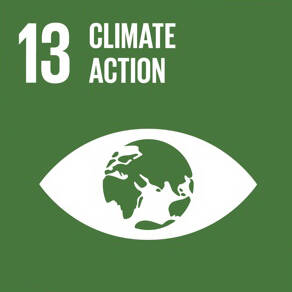

As a responsible company with our own production facilities, we worry about natural resources running out.
Minimising our impact
on the environment


Environmental Footprint





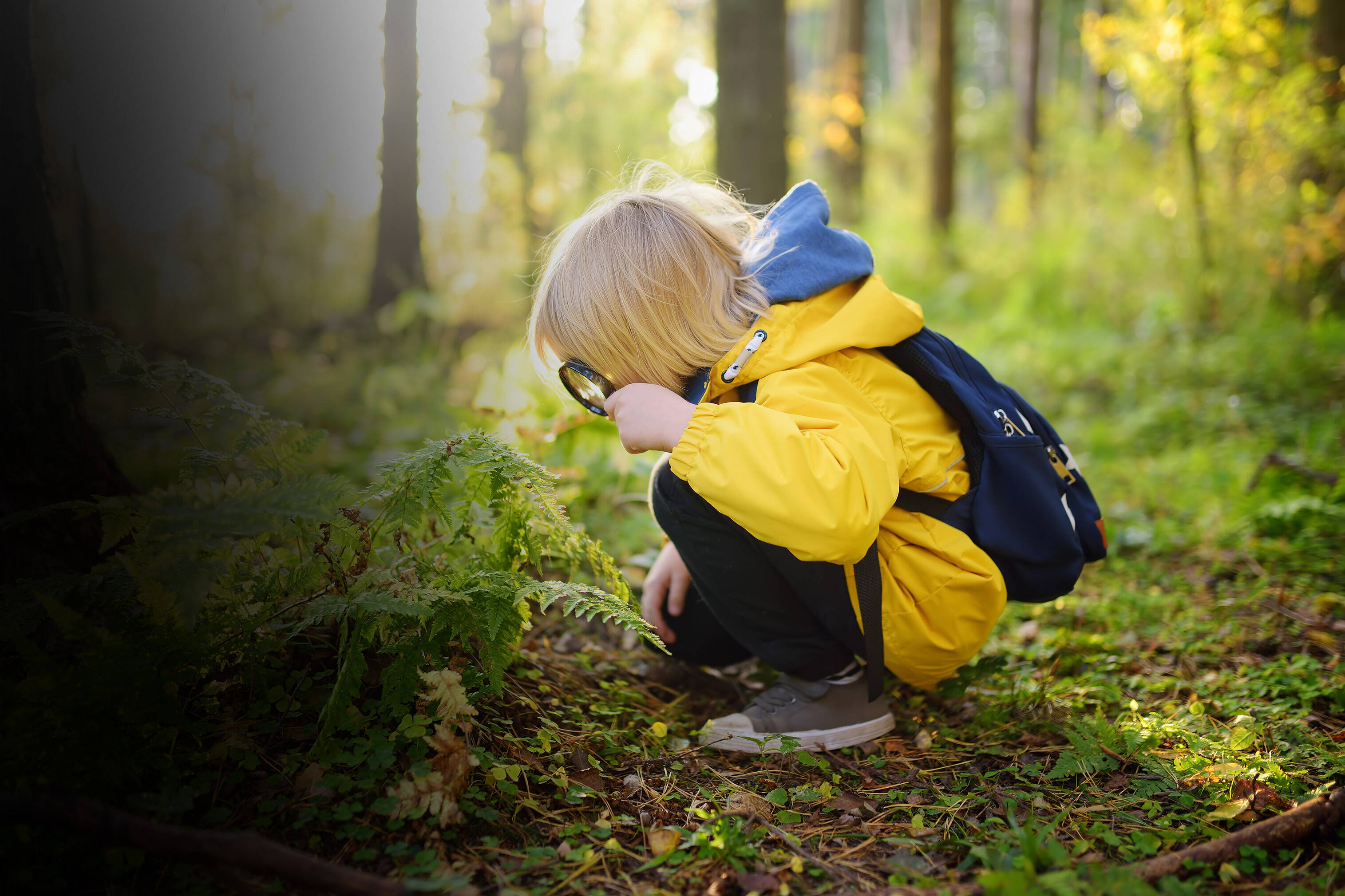
LC Packaging’s ambition and efforts have been mapped against the United Nations 2030 Agenda for Sustainable Development. In our daily operations, we directly contribute to Global Sustainable Development Goals nr 8, 12, 13 and 17. Indirectly, we touch upon 16 out of 17 SDGs.
Our contributions


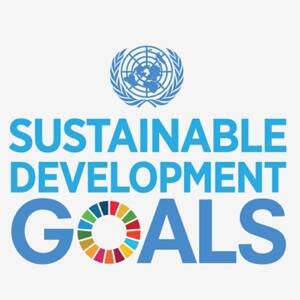
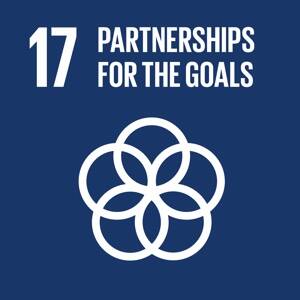
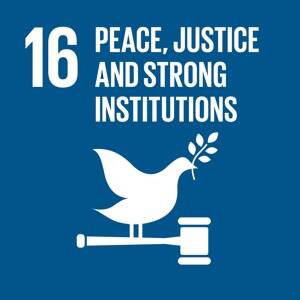
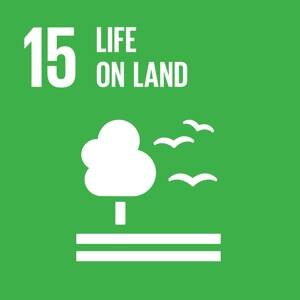
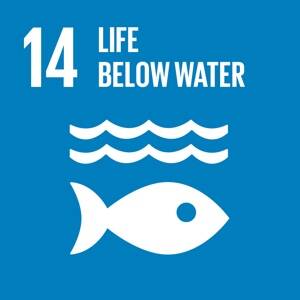
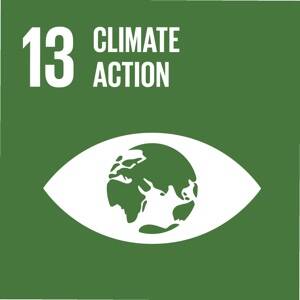
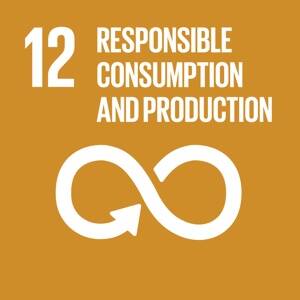
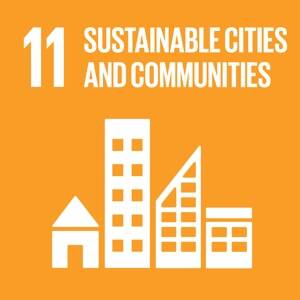
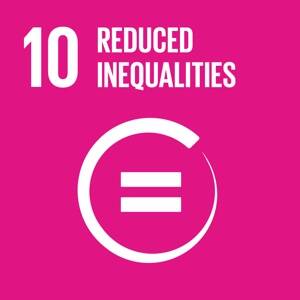
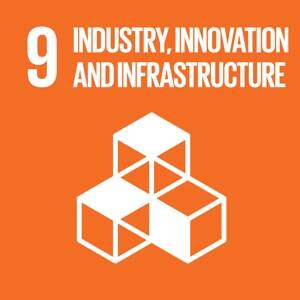
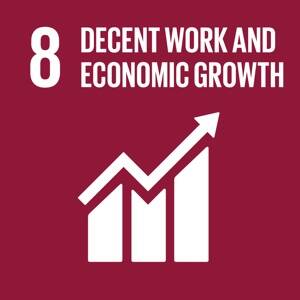
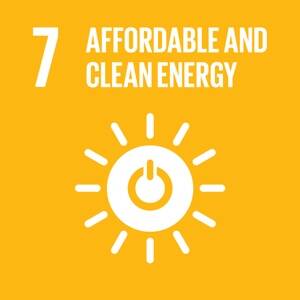
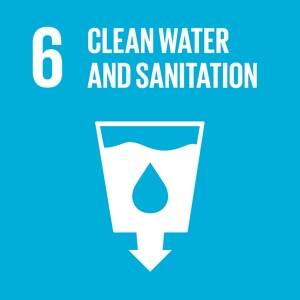
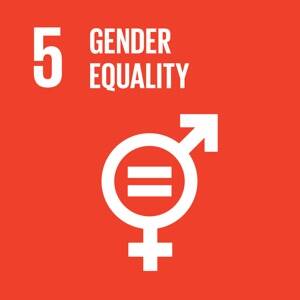
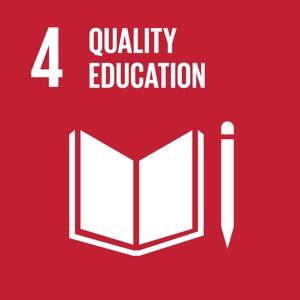
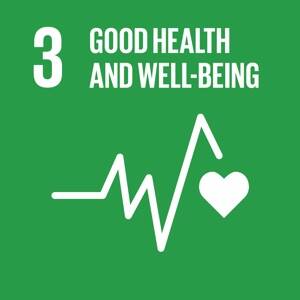
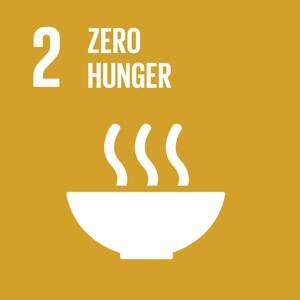
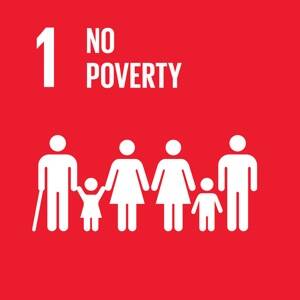


6k
kg
4k
2k
0k
10%
2017
2018
2019
2020
2021
2016
Reduction needed per FTE
Goal 2022
4,8k
3,3
5,7k
4,5k
5,7k
2016
CO2
1,5k
kg
1,0k
0,5k
0,0k
2017
2018
2019
2020
2021
2016
Goal
achieved
Goal 2022
0,35k
0,36k
0,49k
0,60k
5,7k
2016
Waste
30
m3
20
10
0
42%
2017
2018
2019
2020
2021
2016
Reduction needed per FTE
Goal 2022
27,0
22,5
27,6
15,7
17,5
2016
Water
kwh
20K
15K
10K
5K
0K
30%
2017
2018
2019
2020
2021
2016
Reduction needed per FTE
Goal 2022
17,9k
15,6k
13,6k
10,8k
14,0k
2016
Energy
10M
kg
5M
0M
47%
2017
2018
2019
2020
2021
2016
Reduction needed for 2022 goal
Goal 2022
8,72M
5,67M
9,53M
6,92M
6,15M
2016
CO2
1,5M
kg
1,0M
0,5M
0,0M
2017
2018
2019
2020
2021
2016
Goal
achieved
Goal 2022
0,64M
0,61M
0,82M
0,91M
1,58M
2016
Waste
40K
m3
20K
0
66%
2017
2018
2019
2020
2021
2016
Reduction needed for 2022 goal
Goal 2022
49,31K
38,21K
46,29K
24,01K
18,7K
2016
Water
kwh
30M
20M
10M
0M
59%
2017
2018
2019
2020
2021
2016
Reduction needed for 2022 goal
Goal 2022
32,58
26,54
22,9M
16,55M
14,97M
2016
Energy
Overall performance per FTE
This figure shows the reduction per fulltime employee (FTE) needed to achieve our 2022 goal.
Absolute overall performance
This figure shows the absolute reduction needed to achieve our 2022 goal.
More data in our 2021 Environmental Report
Success is measured by the outcomes of the 2021 Environmental Footprint Research.
Measuring progress
Many initiatives have been implemented and actions have been taken to green our operations, and with these initiatives a significant impact has been made. However, most initiatives taken cannot compete with the significant and unpredicted expansion of our production capacity over the past five years, which was not considered in our target setting back in 2017. At our FIBC manufacturing site in Bangladesh (DBPL) we have built two new expansions on top of the existing building, and LC Shankar (LCSH) – our FIBC manufacturing site in South Africa - has expanded its production capacity by adding extra shifts. Additionally, our workforce has increased by more than 60%. In 2019, 2020 and 2021 construction work for the built of the new factories has also increased the use of resources significantly, especially the use of water. Furthermore, last year LCSH has experienced a severe underground water leak which resulted in the highest peak of water use in the past 5 years. Because of this, compared to 2016, we globally experience an increase in water consumption, energy use, and CO2 emissions. Fortunately, we can report that compared to 2016, we have globally reduced our absolute waste production by 72%. This is largely achieved through our GreenBangla waste recycling initiative at DBPL in Bangladesh.
Initiatives and actions
Future ambitions
We have far-reaching ambitions in greening our offices, warehouses, and production facilities, especially related to reducing energy consumption and greenhouse gas emissions. We have committed to set a science-based target aligned with the target-setting criteria defined by the Science Based Targets initiative (SBTi), and were one of the first companies to complete the UN Global Compact Climat Ambition Accelerator Programme. Being ambitious, by 2030, our offices, warehouses and FIBC production facility in South Africa will have achieved a net-zero status, starting with 100% renewable electricity use by 2025. Our FIBC manufacturing site in Bangladesh will reduce its emissions by 50% by 2030 compared to baseline year 2021, regardless of the growth of our business. Our ambitions lie beyond our own operations, as we aim for a 50% emission reduction in our entire value chain by 2030, which will largely be achieved by making our packaging deliver the circular economy. Read more on our 2030 Ambition magazine.
Several initiatives and actions were taken to reduce our corporate footprint, such as:
- At our production facilities, machinery has been replaced by more efficient machinery, solar panels, and energy meters and water sensors have been installed.
- Additionally, LCSH has moved to a sustainable new premises (more details in chapter: ‘Sustainable Production’).
- With support from the Dutch Development Bank (FMO) and the German Investment Corporation (DEG), in 2018 we have set-up GreenBangla; an on-site waste recycling initiative, recycling up to 80% of our process waste. This initiative was recognised in the Dutch UN Global Compact SDG Progress Report (page 46).
- Waste production was significantly reduced through local initiatives as well, such as extensive waste recycling at offices, warehouses and production facilities, and redefining processes to limit the amount of paper (and energy) used for printing.
- To promote waste recycling, a ‘No Waste’ campaign was launched, supported by video, articles, instructions, and narrowcasting banners to help and encourage employees to recycle their waste properly.
- We have launched an online ‘sustainable consumption awareness training course’, which has been conducted by 87.1% of our employees.
- In 2020, we have launched our internal Green Office Campaign with the ultimate goal to further reduce our environmental footprint. By achieving local goals, our affiliates receive a monetary price that can be donated to a local charity of choice benefitting the environment.
- Our new head office in the Netherlands has been built with sustainability in mind, certified with a BREEAM Outstanding Certification. On its roof, 3,032 solar panels are placed, and rainwater is collected and used by nearby horticultural businesses among others.
- In several LC Packaging warehouses, lighting was replaced by LED lights, decreasing energy usage and extending its life span.
- To encourage employees to commute by bicycle rather than their cars, we launched an (electric) bicycle plan in the Netherlands and in Belgium.
- The LC Packaging lease cars policy was adjusted. In various LC locations, employees can now only lease electric vehicles. Charging stations have been installed at the offices to facilitate this change.
- In 2021, LC employees worked on decreasing their individual environmental footprints during the LC Footprint Challenge. With the challenge, we created awareness about important sustainability themes, and made sustainability tangible and a connecting factor between all layers of the organisation.
Outcome
Baseline
Sustainable solutions 2021: 103-1, 103-2, 103-3
Innovation 2021
To set a baseline, in 2017 we have conducted our first environmental footprint research based on 2016 data to understand more about our impact in the areas of water use, energy use, CO2 emissions, and waste production. This footprint research includes all LC Packaging operations: offices, warehouses, FIBC production facilities, and our WorldBag reuse facility. Based on this research we set ourselves four environmental targets for 2022.
As a responsible company with our own production facilities and operations around the world, we worry about natural recourses running out. By setting ambitious goals to decrease our environmental footprint we aim to have a positive impact on climate change. As our company continues to grow, our goals become more and more challenging, but we are steadfast to further green our operations and leave a better world for future generations to enjoy by finding new ways of generating energy, reduce CO2 -emissions, and eliminate waste among others.


Target
By 2022, the energy used in our daily operations will have been reduced by at least 10%
By 2022, our carbon footprint will have been reduced by 25%
By 2022, the amount of water used in our daily operations will have been reduced by at least 10%
By 2022, the amount of waste generated in our daily operations will have been reduced by 40%
Scroll down


Back to top

Environment
Environmental footprint




Minimising our impact
on the environment
As a responsible company with our own production facilities, we worry about natural resources running out.




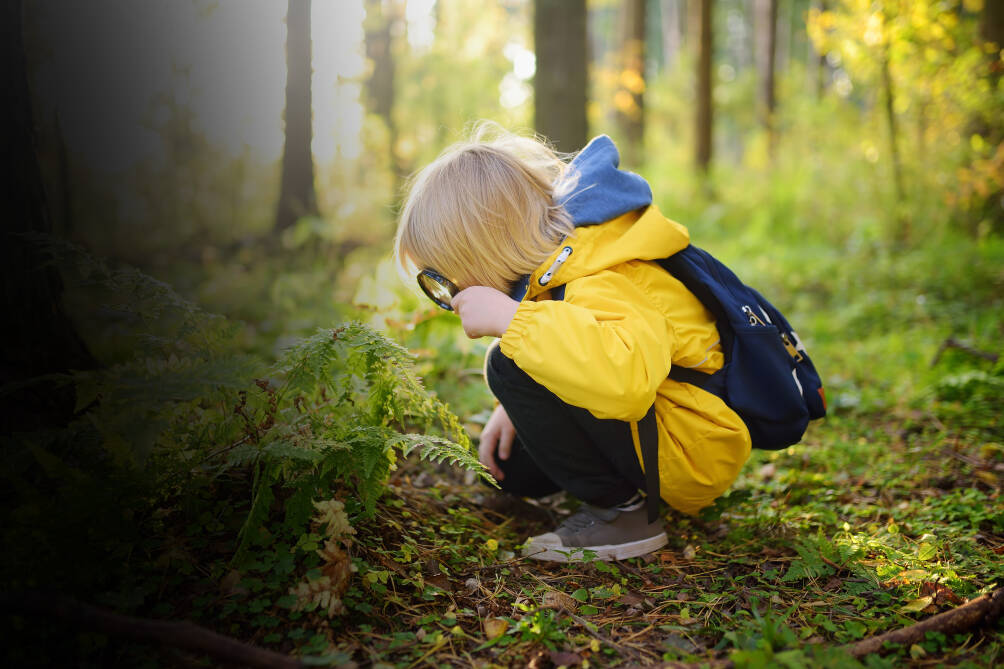
More data in our 2021 Environmental Report
We have far-reaching ambitions in greening our offices, warehouses, and production facilities, especially related to reducing energy consumption and greenhouse gas emissions. We have committed to set a science-based target aligned with the target-setting criteria defined by the Science Based Targets initiative (SBTi), and were one of the first companies to complete the UN Global Compact Climat Ambition Accelerator Programme. Being ambitious, by 2030, our offices, warehouses and FIBC production facility in South Africa will have achieved a net-zero status, starting with 100% renewable electricity use by 2025. Our FIBC manufacturing site in Bangladesh will reduce its emissions by 50% by 2030 compared to baseline year 2021, regardless of the growth of our business. Our ambitions lie beyond our own operations, as we aim for a 50% emission reduction in our entire value chain by 2030, which will largely be achieved by making our packaging deliver the circular economy. Read more on our 2030 Ambition magazine.
Future ambitions
Several initiatives and actions were taken to reduce our corporate footprint, such as:
- At our production facilities, machinery has been replaced by more efficient machinery, solar panels, and energy meters and water sensors have been installed.
- Additionally, LCSH has moved to a sustainable new premises (more details in chapter: ‘Sustainable Production’).
- With support from the Dutch Development Bank (FMO) and the German Investment Corporation (DEG), in 2018 we have set-up GreenBangla; an on-site waste recycling initiative, recycling up to 80% of our process waste. This initiative was recognised in the Dutch UN Global Compact SDG Progress Report (page 46).
- Waste production was significantly reduced through local initiatives as well, such as extensive waste recycling at offices, warehouses and production facilities, and redefining processes to limit the amount of paper (and energy) used for printing.
- To promote waste recycling, a ‘No Waste’ campaign was launched, supported by video, articles, instructions, and narrowcasting banners to help and encourage employees to recycle their waste properly.
- We have launched an online ‘sustainable consumption awareness training course’, which has been conducted by 87.1% of our employees.
- In 2020, we have launched our internal Green Office Campaign with the ultimate goal to further reduce our environmental footprint. By achieving local goals, our affiliates receive a monetary price that can be donated to a local charity of choice benefitting the environment.
- Our new head office in the Netherlands has been built with sustainability in mind, certified with a BREEAM Outstanding Certification. On its roof, 3,032 solar panels are placed, and rainwater is collected and used by nearby horticultural businesses among others.
- In several LC Packaging warehouses, lighting was replaced by LED lights, decreasing energy usage and extending its life span.
- To encourage employees to commute by bicycle rather than their cars, we launched an (electric) bicycle plan in the Netherlands and in Belgium.
- The LC Packaging lease cars policy was adjusted. In various LC locations, employees can now only lease electric vehicles. Charging stations have been installed at the offices to facilitate this change.
- In 2021, LC employees worked on decreasing their individual environmental footprints during the LC Footprint Challenge. With the challenge, we created awareness about important sustainability themes, and made sustainability tangible and a connecting factor between all layers of the organisation.
Initiatives and actions

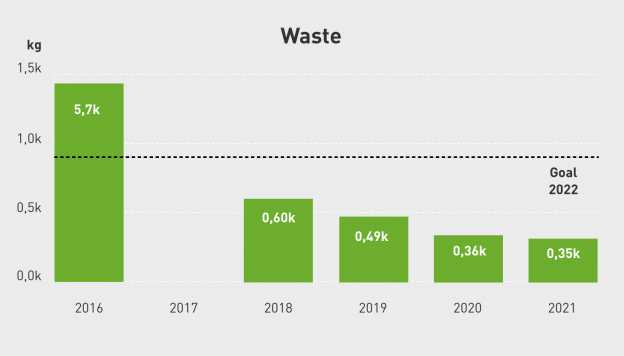
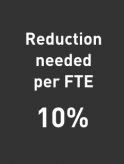
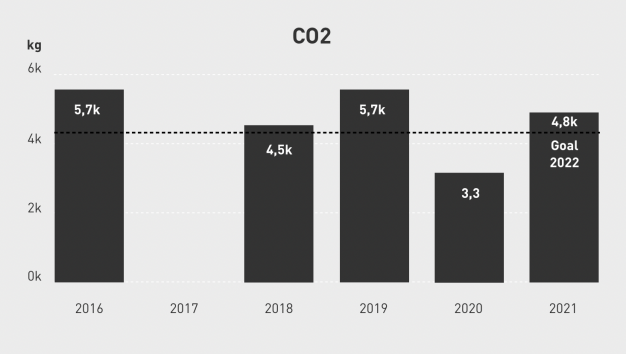
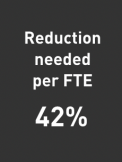
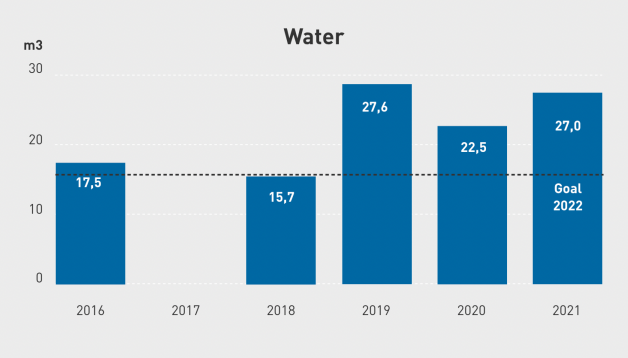
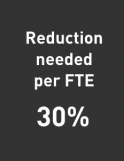
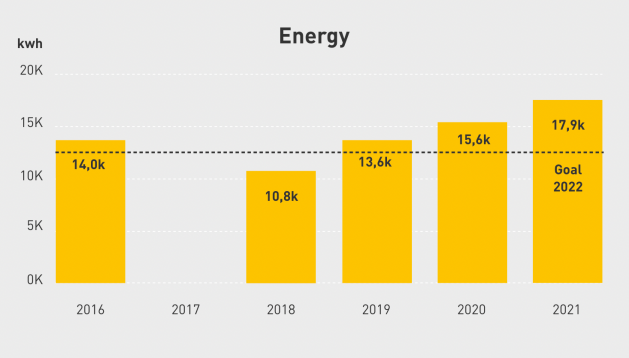
This figure shows the reduction per fulltime employee (FTE) needed to achieve our 2022 goal.
Overall performance per FTE

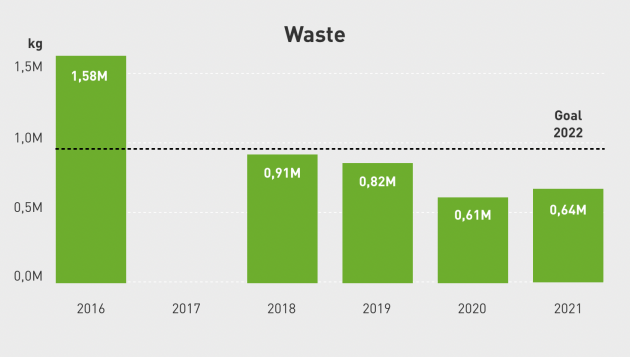
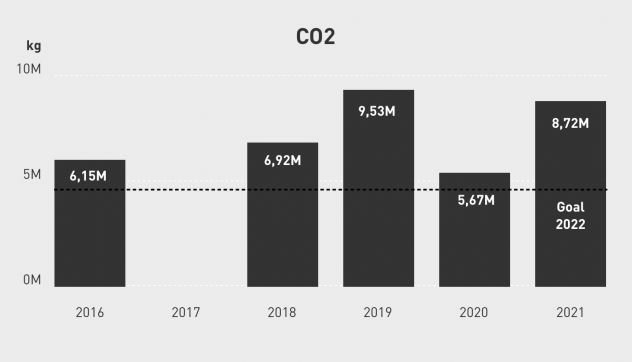
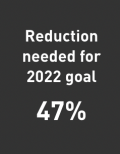
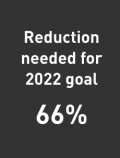
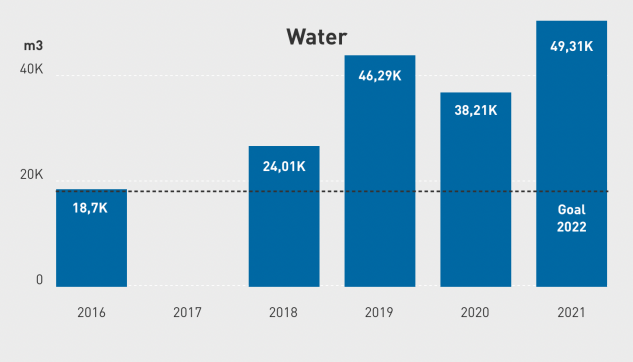
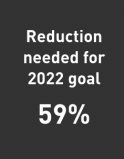
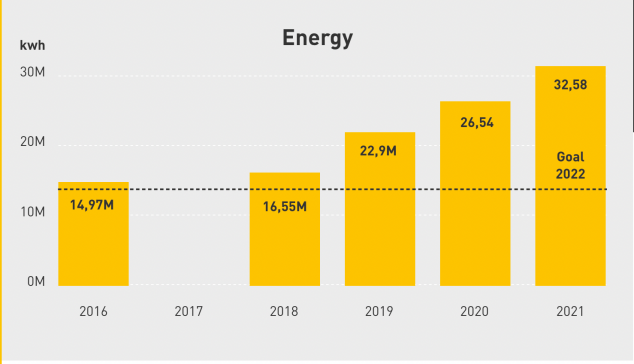
This figure shows the absolute reduction needed to achieve our 2022 goal.
Absolute overall performance
Many initiatives have been implemented and actions have been taken to green our operations, and with these initiatives a significant impact has been made. However, most initiatives taken cannot compete with the significant and unpredicted expansion of our production capacity over the past five years, which was not considered in our target setting back in 2017. At our FIBC manufacturing site in Bangladesh (DBPL) we have built two new expansions on top of the existing building, and LC Shankar (LCSH) – our FIBC manufacturing site in South Africa - has expanded its production capacity by adding extra shifts. Additionally, our workforce has increased by more than 60%. In 2019, 2020 and 2021 construction work for the built of the new factories has also increased the use of resources significantly, especially the use of water. Furthermore, last year LCSH has experienced a severe underground water leak which resulted in the highest peak of water use in the past 5 years. Because of this, compared to 2016, we globally experience an increase in water consumption, energy use, and CO2 emissions. Fortunately, we can report that compared to 2016, we have globally reduced our absolute waste production by 72%. This is largely achieved through our GreenBangla waste recycling initiative at DBPL in Bangladesh.
Outcome
Success is measured by the outcomes of the 2021 Environmental Footprint Research.
Measuring progress
To set a baseline, in 2017 we have conducted our first environmental footprint research based on 2016 data to understand more about our impact in the areas of water use, energy use, CO2 emissions, and waste production. This footprint research includes all LC Packaging operations: offices, warehouses, FIBC production facilities, and our WorldBag reuse facility. Based on this research we set ourselves four environmental targets for 2022.
Baseline
Sustainable solutions 2021: 103-1, 103-2, 103-3
Innovation 2021
As a responsible company with our own production facilities and operations around the world, we worry about natural recourses running out. By setting ambitious goals to decrease our environmental footprint we aim to have a positive impact on climate change. As our company continues to grow, our goals become more and more challenging, but we are steadfast to further green our operations and leave a better world for future generations to enjoy by finding new ways of generating energy, reduce CO2 -emissions, and eliminate waste among others.
By 2022, the energy used in our daily operations will have been reduced by at least 10%
By 2022, our carbon footprint will have been reduced by 25%
By 2022, the amount of water used in our daily operations will have been reduced by at least 10%
By 2022, the amount of waste generated in our daily operations will have been reduced by 40%
Target

Environmental footprint


